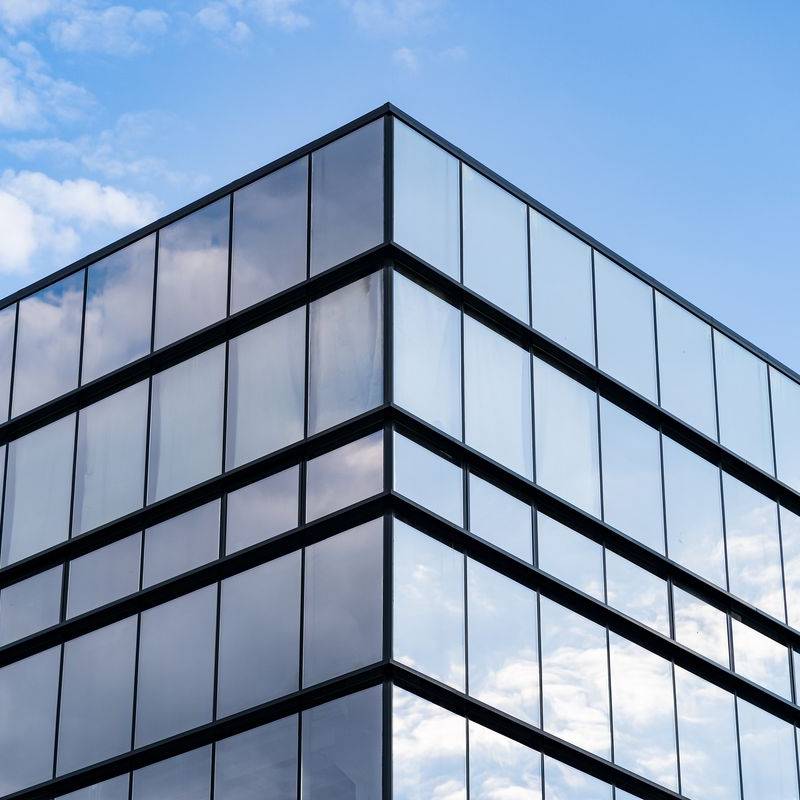

The Benefits of Energy-Efficient Low-E Glass
In today's environmentally conscious world, the demand for energy efficiency has never been more critical. One technological advancement that stands at the forefront of this movement is low-emissivity (Low-E) glass. This type of glass has redefined the standard of energy efficiency in residential and commercial buildings. Understanding its benefits not only highlights its importance in sustainable construction but also emphasizes its role in enhancing comfort, reducing energy costs, and contributing to global environmental efforts.
What is Low-E Glass?
Low-E glass is a type of energy-efficient window that is coated with a thin layer of metallic oxide to minimize the amount of infrared and ultraviolet light that can pass through the glass without compromising the amount of visible light that enters. By reflecting heat back into the building during winter and keeping it out during summer, Low-E glass plays a crucial role in maintaining indoor temperature and comfort.
Enhanced Energy Efficiency
One of the most significant advantages of Low-E glass is its ability to drastically enhance energy efficiency. Traditional glass windows allow heat to escape during colder months, resulting in increased heating costs. Conversely, in warmer months, these same windows can let in excessive heat, leading to higher cooling expenses. Low-E glass addresses both issues effectively. By reflecting thermal energy, it reduces reliance on heating and cooling systems, which can lead to substantial savings on energy bills over time.
Energy-efficient buildings are not just beneficial for homeowners; they also contribute positively to the broader environment. Traditional windows often lead to increased energy consumption, which can strain utility services and contribute to higher carbon emissions. Conversely, buildings equipped with Low-E glass can significantly reduce their energy demand, aligning with global sustainability goals and helping combat climate change.
Increased Comfort

In addition to economic benefits, Low-E glass also enhances indoor comfort. Homes and offices fitted with this advanced window technology experience more stable indoor temperatures. The reduction of cold drafts and hot spots means that occupants are less likely to experience discomfort related to temperature fluctuations. This stability is particularly beneficial for people who are sensitive to temperature changes, promoting overall well-being.
Moreover, Low-E glass reduces glare from sunlight, which can be particularly beneficial in work environments where screen visibility is crucial. By allowing natural light to enter while minimizing heat and glare, Low-E windows create a more pleasant and productive atmosphere, enhancing both quality of life and work performance.
Noise Reduction
Another often overlooked advantage of Low-E glass is its ability to provide better noise insulation compared to standard glass. This is especially valuable for homes or offices situated in noisy urban environments. The enhanced soundproofing qualities of Low-E glass can help create a quieter, more serene indoor environment, allowing occupants to focus better, whether they are working, studying, or simply relaxing.
Aesthetic Appeal
Today’s Low-E glass is available in various styles and finishes, making it a versatile choice for homeowners and architects alike. It can be integrated into different architectural designs without sacrificing aesthetic appeal. The clear and unobtrusive appearance of Low-E glass ensures that it can complement modern and traditional buildings, thus preserving the visual integrity of a property while providing modern technological benefits.
Conclusion
In conclusion, energy-efficient Low-E glass is an innovative building material that offers numerous benefits, from reducing energy costs to enhancing indoor comfort and aesthetics. As the world continues to face the challenges of climate change and rising energy prices, the adoption of technologies that promote sustainability is imperative. Low-E glass represents a significant step towards creating more energy-efficient structures, contributing to a greener future while simultaneously improving the quality of life for occupants. Investing in Low-E glass is not just a smart choice for today; it is a commitment to a sustainable and comfortable tomorrow.